The Race to Zero Emissions: The west coast’s tipping point
On Sept. 9, I awoke to a different world. A Martian landscape had replaced the Pacific coastline outside my home in San Francisco. Choking smoke from hundreds of fires, several of the largest ever to hit the west coast, stretched from Seattle to Mexico.

On Sept. 9, I awoke to a different world. A Martian landscape had replaced the Pacific coastline outside my home in San Francisco. Choking smoke from hundreds of fires, several of the largest ever to hit the west coast, stretched from Seattle to Mexico.
The world I witnessed in San Francisco that day is hard to explain. There was no dawn, just a red glow that deepened the gloom. It felt as if the atmosphere itself was burning right above our heads, and we were trapped beneath it.
That, in a way, was true. Stagnant air has kept the incinerated remains of 3.1 million burning acres recirculating in the atmosphere. The air remains hazardous, and at least 64,000 people have been evacuated and 33 killed. More are likely.
Trapped inside this week, I stumbled upon a column written by historian Tony Judt the day after 9/11. “On Tuesday morning, Sept. 11, from my window in lower Manhattan, I watched the twenty-first century begin,” it began. “Of that I am certain.” Judt, sitting not far from where the World Trade Center towers collapsed, realized the curtains on an old world had fallen, and a new world was about to emerge, different but undefined.
Two decades later, millions of people on the west coast of the US may remember Sept. 9 as the day they realized climate change is here now. Recent extreme weather has left its mark—the drought, the floods, the fires, the relentless heatwaves. Hundreds have died. Thousands have lost their homes. Yet it has mostly been a slow accommodation. Last week was different. Many will never forget the collective experience of staring up at a red sky, struggling to contain their dread as the sun failed to rise.
For some, it is already too much. A friend called me last night to tell me she’s leaving. “We’re moving back to England,” she said, exhaustion in her voice after a weekend wrestling with the decision. “Mother Nature just gave us a red card, and it’s going to get worse.”
This day is likely to come for all of us. It is the day when you know, really know, that climate change is finally here.
For parts of the west coast, it was Sept. 9. For Australia, it was last December when historic bushfires began to rage out of control. For the citizens of Kiribati, an island nation being swallowed by the Pacific, it may have been June 25, 2013, when its citizens saw their plea for refugee status, the first to cite climate change, rejected by New Zealand’s courts.
It often takes an extreme event to wake us up to reality. Like 9/11, or Pearl Harbor, or the arrival of Covid-19, trauma can jar us into finally seeing the world’s true state. It’s the moment when you look up at the sky in the middle of the day and all you see is red.
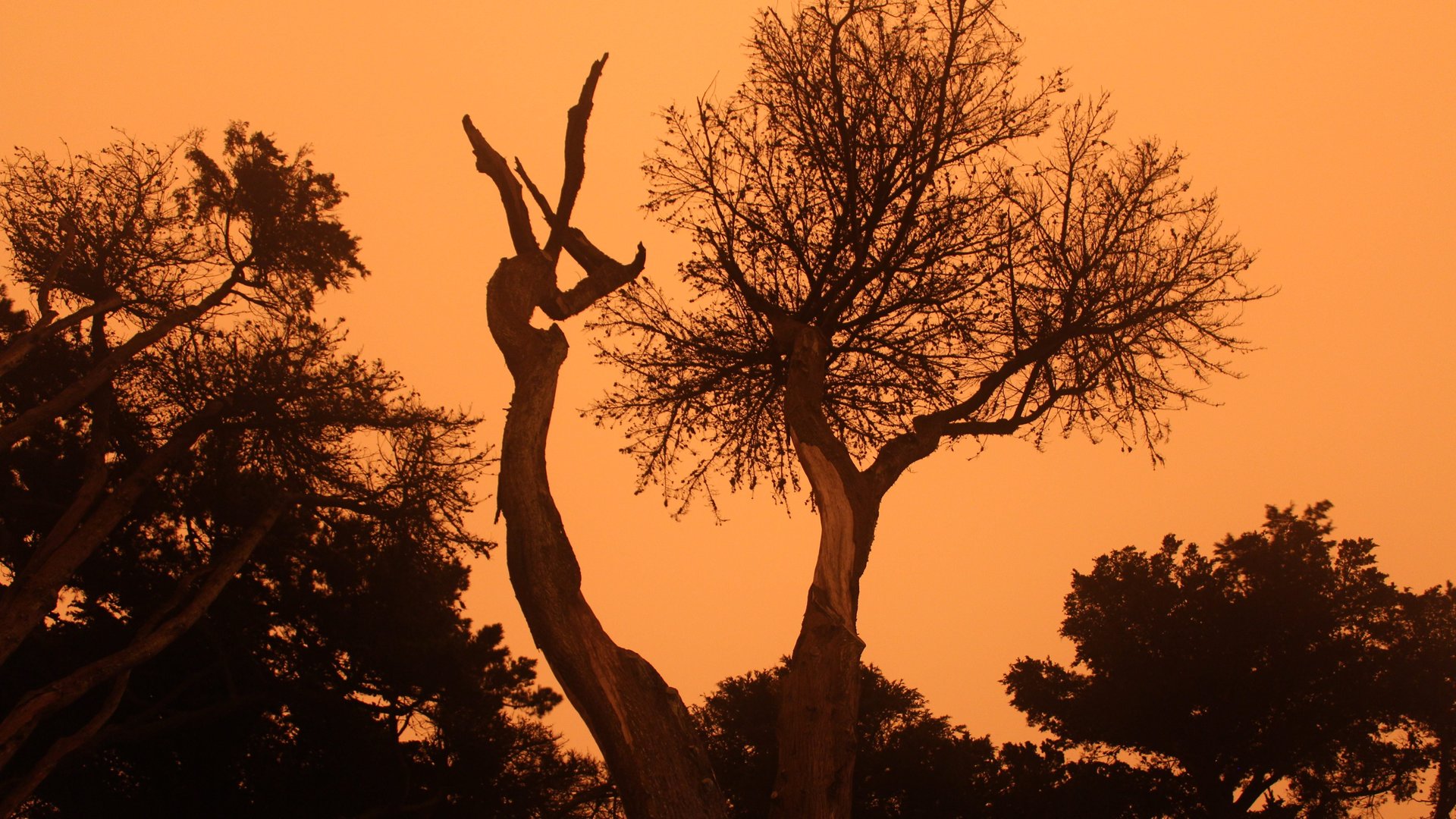
Here’s what happened over the past week that helped or harmed the world’s chances of cutting greenhouse-gas emissions to zero:
⬇️ Decreases emissions
1️⃣ The European Union will dramatically escalate its emissions reduction target next week, according to documents leaked to Reuters. The new goal, meant to guide the bloc’s carbon trading market, will be to cut emissions from 1990 levels by “at least 55%” by 2030.
2️⃣ Canada has long neglected one key source of zero-carbon energy: heat captured from deep underground. A new raft of geothermal power plants aims to change that.
3️⃣ A major international investment bank in Asia will no longer fund coal-related projects, its president said. Dozens of other multilateral financial institutions have already bailed on coal.
0️⃣ Net-zero (for now)
1️⃣ Peak global demand for oil may already be here, even without any new climate policies, according to a new outlook from BP. The company has become increasingly pessimistic about the oil market, and last week signed a $1.1 billion deal for offshore wind farms in the US.
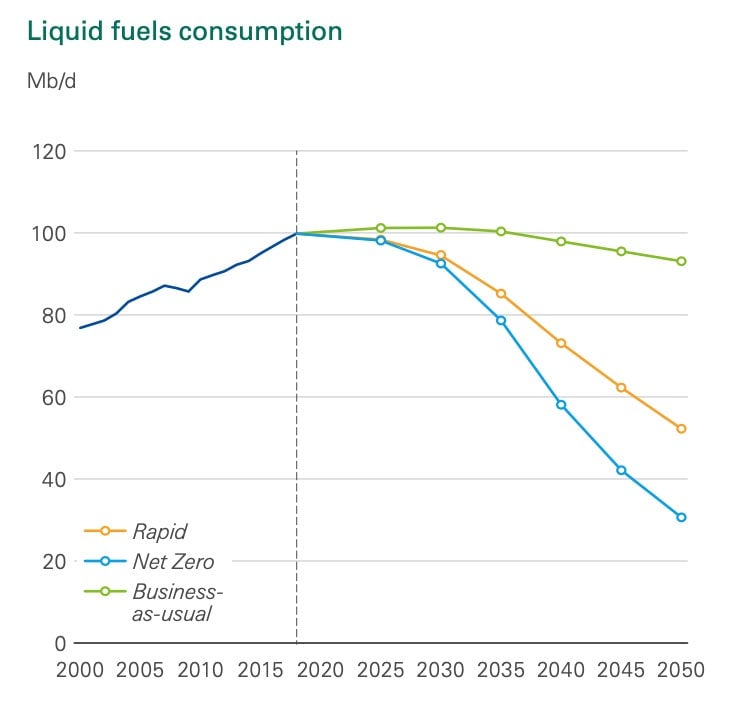
2️⃣ Google says it will run all of its data centers and other facilities worldwide on 100% zero-carbon energy by 2030.
3️⃣ In a leaked recording of an oil and gas industry conference, executives admit that methane emissions are less under control than they claim publicly. “We’re just flaring a tremendous amount of gas,” one said.
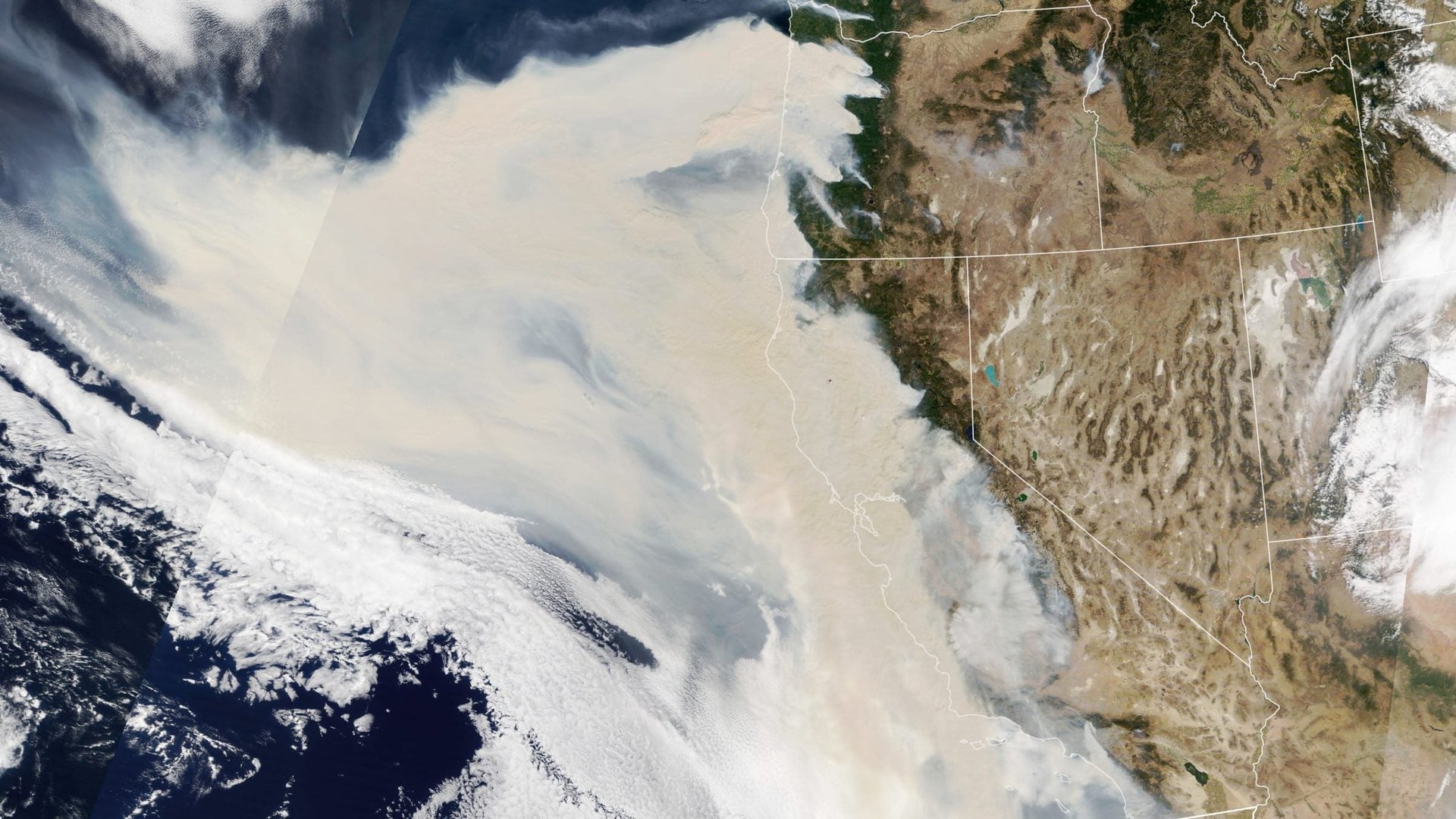
🔼 Increases emissions
1️⃣ French oil company Total is forging ahead with a controversial new pipeline and drilling operation in Uganda and Tanzania. Human rights advocates say the pipeline will displace impoverished farming communities and endanger wildlife.
2️⃣ Wildfires create a vicious climate circle: Their emissions beget more warming. This year, emissions from wildfires in California are the highest they’ve been in the 20-year satellite record, even surpassing yearly emissions from the power sector.
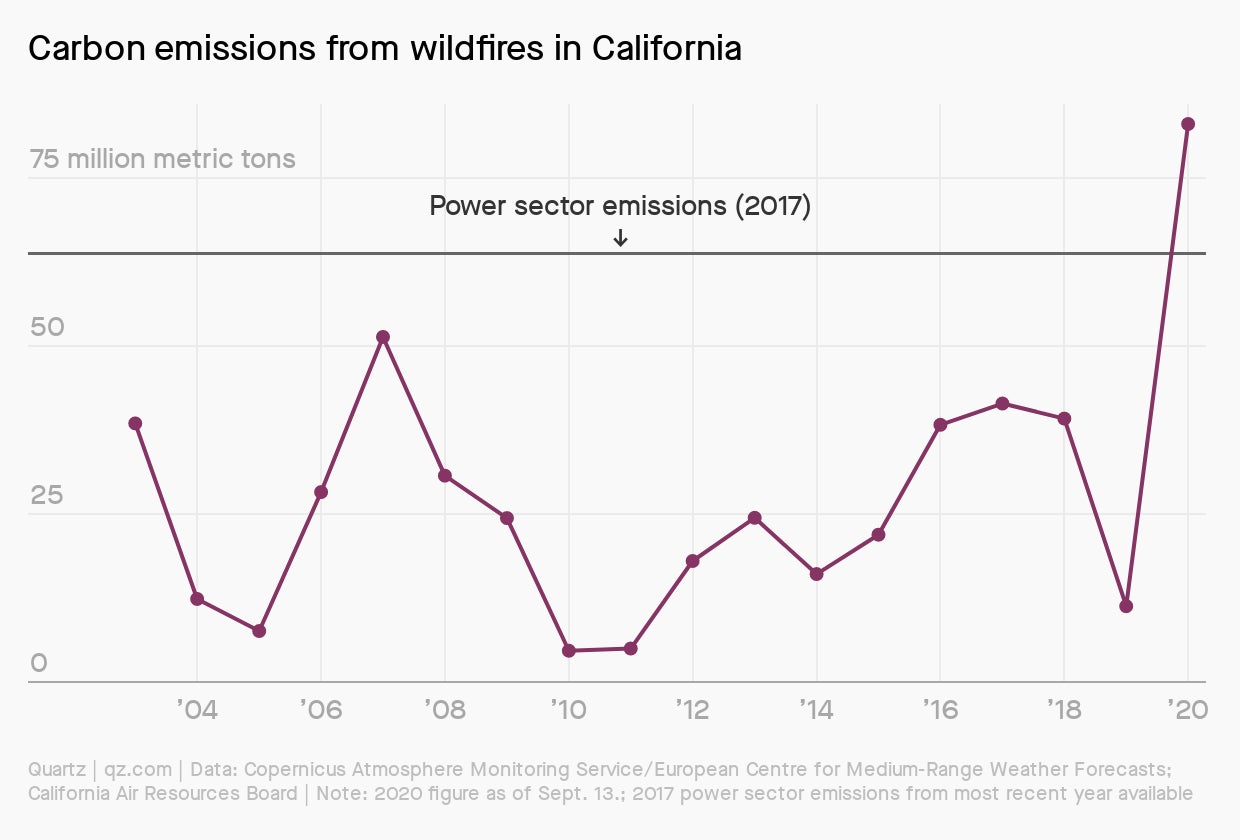
3️⃣ Global emissions reached a record peak in 2019, a new UN report finds, and are quickly returning to pre-pandemic levels. “Total fossil CO2 emissions are now 62% higher than emissions at the time international climate negotiations began in 1990,” the report says.
Additional reporting by Tim McDonnell.
Limited attention span
It’s not entirely surprising that it would take a natural disaster to wake people up to the reality of climate change. The way we learn about the world is increasingly fragmented, leaving less time to process and internalize information.
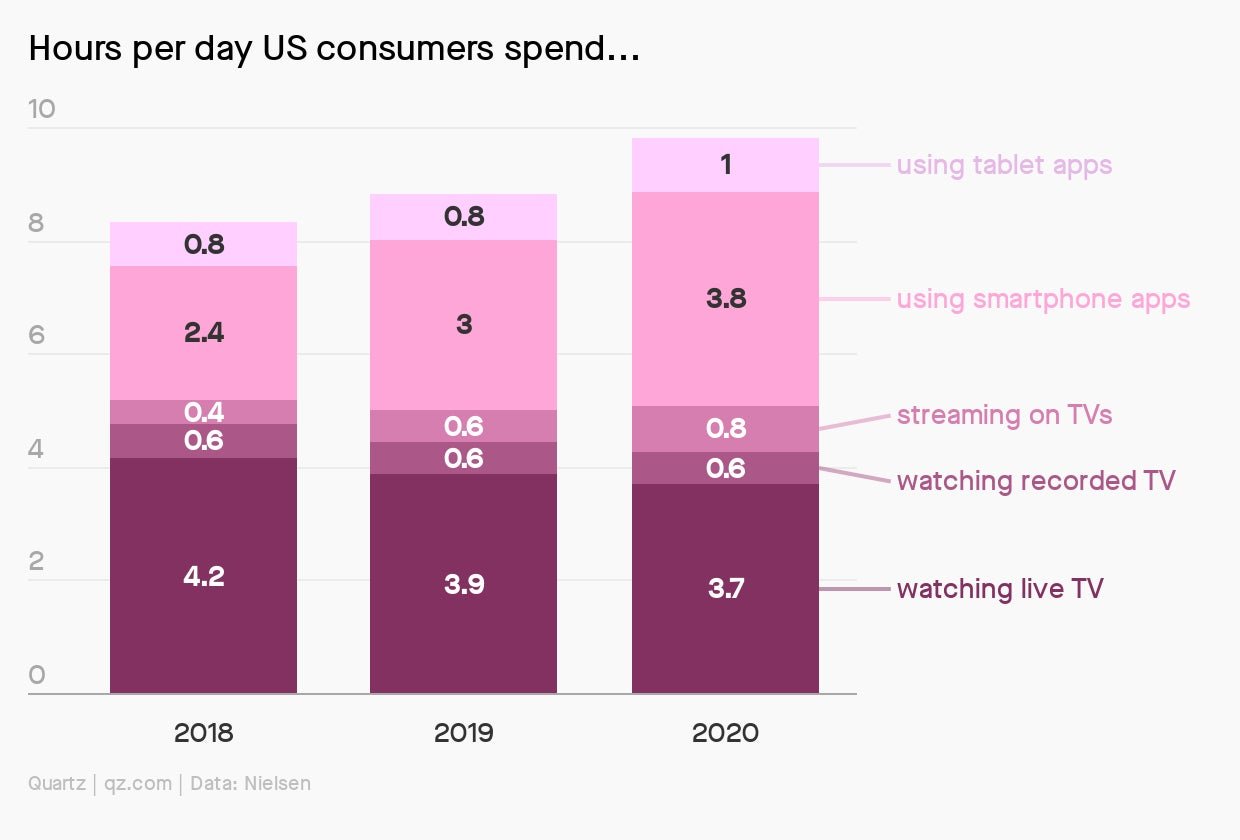
The fragmentation of consumers’ media diets is also altering how the ad business works. The last 20 years has seen the rise of entirely new vehicles for advertising—web search and social media—that attract billions of eye balls. You can read more about how that is shifting TV advertising in this week’s field guide—and if you’re not already a member, sign up to become one today.
Stats to remember
As of Sept. 13, the concentration of carbon dioxide in the atmosphere was 411.84 ppm. A year ago, the level was 408.33 ppm.
Have a great week ahead. Please send feedback and tips to [email protected] and [email protected].